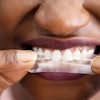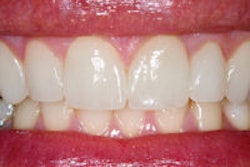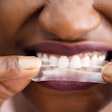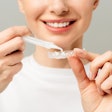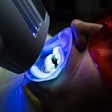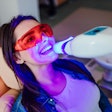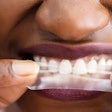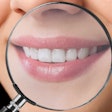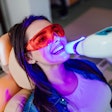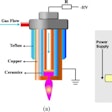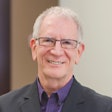In what is being hailed as the first human study of its kind, a team of U.S. researchers found that using stem cells to regrow craniofacial tissues proved quicker, more effective, and less invasive than traditional bone-regeneration treatments (Cell Transplantation, July 5, 2012).
Researchers from the University of Michigan School of Dentistry and the Michigan Centre for Oral Health Research partnered with Ann Arbor-based Aastrom Biosciences for the clinical trial, which involved 24 patients who required mandible reconstruction after tooth extraction.
Patients received either experimental tissue repair cells or traditional guided bone regeneration therapy. The tissue repair cells, called ixmyelocel-T, are under development at Aastrom, which is a University of Michigan spin-off.
At six and 12 weeks following the experimental cell therapy treatment, patients in the study received dental implants. Patients who received tissue repair cells had greater bone density and quicker bone repair than those who received traditional guided bone regeneration therapy. In addition, the experimental group needed less secondary bone grafting when getting their implants.
The cells used for the therapy were originally extracted from bone marrow taken from the patient's hip. The bone marrow was processed using Aastrom's proprietary system, which allows many different cells to grow, including stem cells. These stem cells were then placed in different areas of the mouth and mandible.
"In patients with jawbone deficiencies who also have missing teeth, it is very difficult to replace the missing teeth so that they look and function naturally," said Darnell Kaigler, DDS, principal investigator and assistant professor at the School of Dentistry, in a press release. "This technology and approach could potentially be used to restore areas of bone loss so that missing teeth can be replaced with dental implants."
The treatment is best-suited for large defects such as those resulting from trauma, diseases, or birth defects, Dr. Kaigler said. These defects are very complex because they involve several different tissue types and are very challenging to treat.
The main advantage to the stem cell therapy is that it uses the patient's own cells to regenerate tissues, rather than introducing man-made, foreign materials, Dr. Kaigler said.
